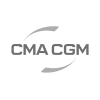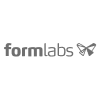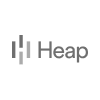Tenets of a Great Microsurvey - It's Context!

Here we detail all the things that make a great microsurvey. Microsurveys should be easy to implement, understand, respond to, and the data garnered from their usage should be meaningful and significantly improve the relationship companies have with their users.
Tenets of a Great Microsurvey
Intent: The reason for the existence of the microsurvey should be obvious to its respondents.
Context: When triggered, the context should clearly understand its context.
Speed: It should be easy to implement and easy to respond to.
Meaningful: The data collected should be easy to follow and understand.
Delightful: Triggering a microsurvey should be a pleasant surprise to its respondents.
Group Dynamics: Respondents should know they are a part of a community giving feedback, and they are not the only ones in this process. This is network effects at play to primarily give a sense of community, increasing response rates and the quality of responses.
Use Cases
The primary use cases around Samelogic’s microsurveys are in the field of product feedback.
Types of Product Feedback
Testing New Product Ideas: Rather than building or investing a lot of time and resources into user research for an idea, a microsurvey can be attached to a painted door/fake door or triggered on a page-load to get feedback from core users before building anything.
Churn Analysis: Churn Analysis typically happens when a major change occurs, which causes a spike in churn, sending product teams scrambling to find tools to collect contextual feedback. This should be an ongoing process sent to a product board tool (i.e., Asana) for periodic review to always be on top of understanding this key metric. Rather than asking users questions before they churn, attaching microsurveys to actions they take before they churn teams deeply understand the users' journey, craft better features, and increase retention.
Microsurvey UI Elements
Samelogic’s Microsurvey v2 is based on Material UI for the reasons stated in the “Tenets of a Great Microsurvey.” Material UI allows us to quickly build while communicating the stated reasons clearly using their well-thought-out design language and elements.
Quantitative Questions
Quantitative Questions are easy to read, understand and respond to, and we suggest starting every microsurvey with them as they increase response rates.
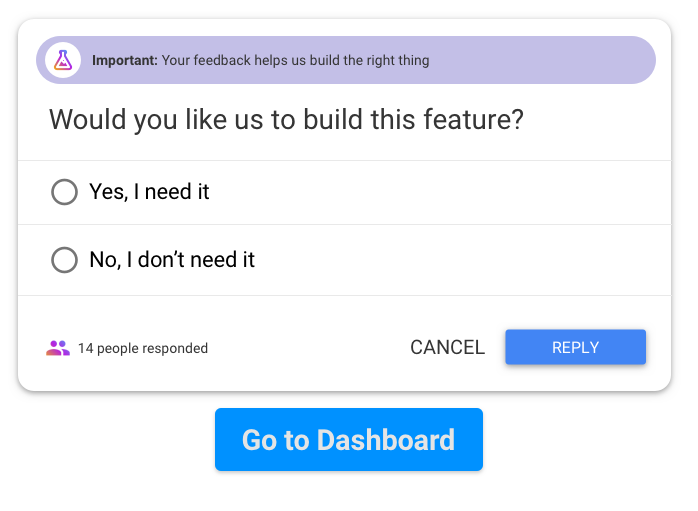
This question format is made of the following non-obvious Material UI elements.
Chip
The Chip is used to tell the respondent the purpose of the microsurvey and its importance. Anyone creating the microsurvey can modify the wording to notify respondents based on the use case contextually.
List Divider

Dividers clearly separate elements for ease of use.
Icon and Text
The Icon and Text show network effects. This lets respondents know they are a part of a community giving feedback, and they are not the only ones in this process. This is network effects at play to primarily give a sense of community, increasing response rates and the quality of responses.
Qualitative Questions
Qualitative questions follow after the respondent has quickly selected their answer from the first question.
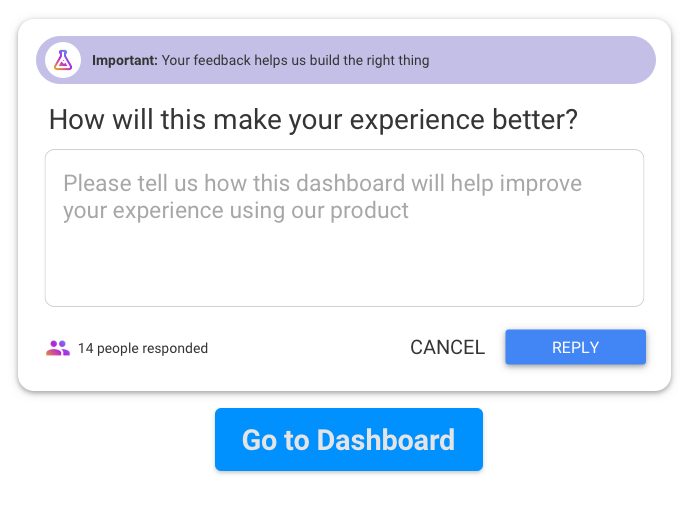
Thank You
Gratitude is important to ensure respondents feel heard and appreciated.
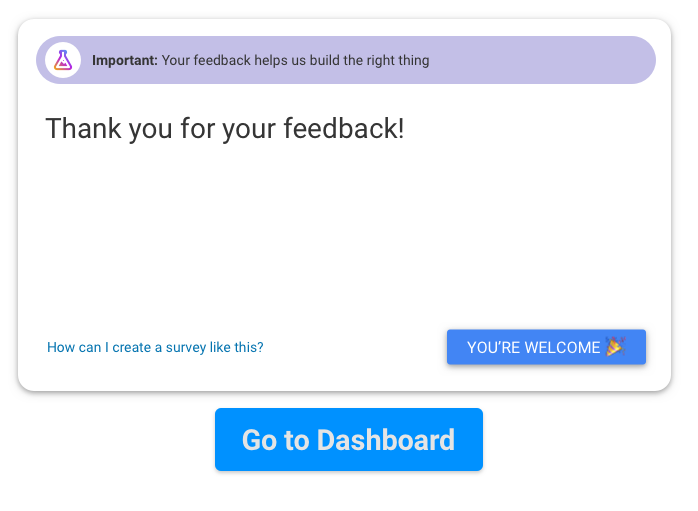
What do you think about this? Please let us know: Message Us
Understand customer intent in minutes, not months










